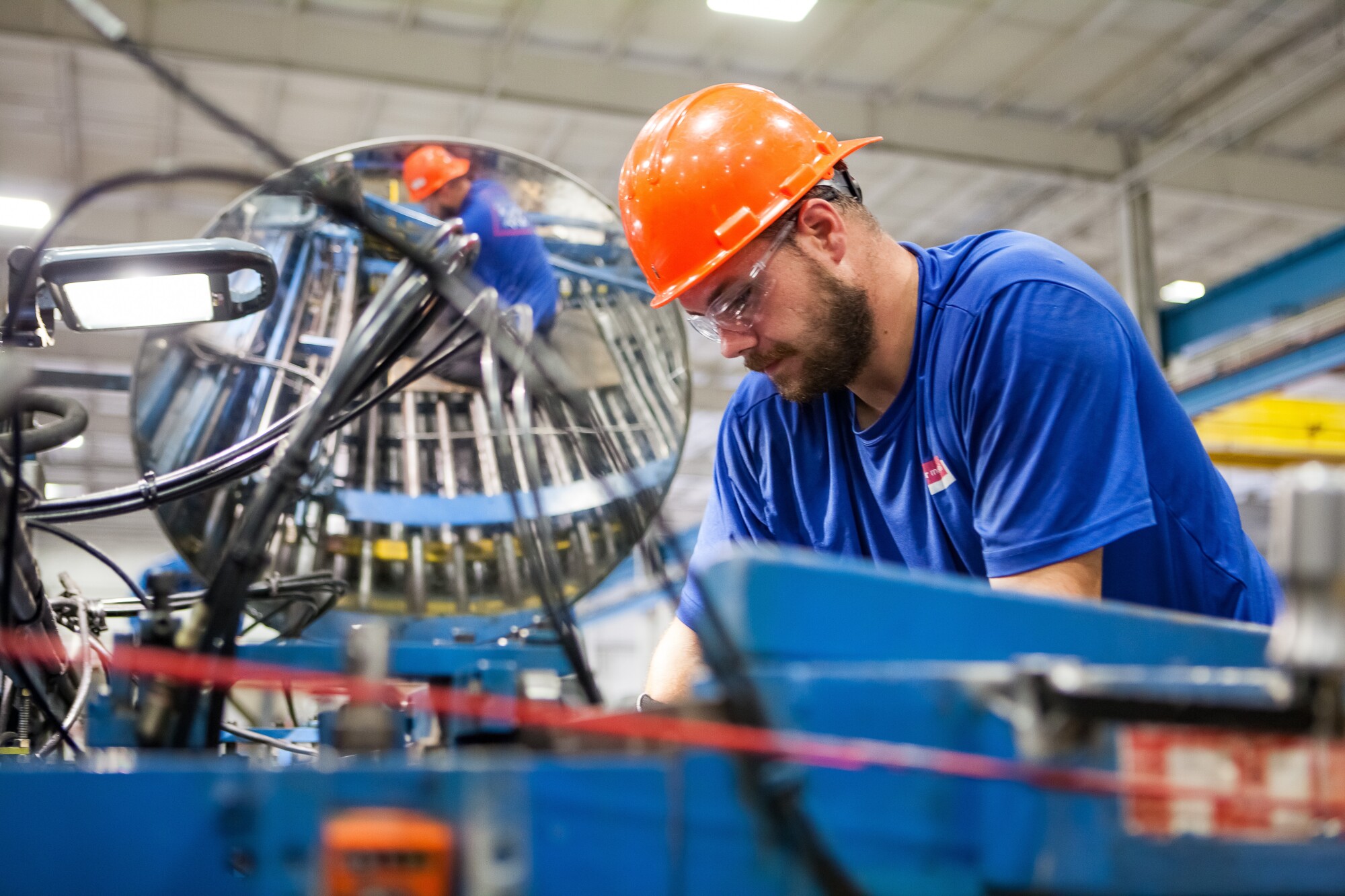
Plastics is one of the largest industries in the United States, accounting for over a million jobs and shipments totaling $395 billion a year. Injection molding plays a big part in this. It is one of the most efficient and economical processes for mass production.
One of the biggest advantages of injection molding is versatility, the ability to create almost any shape or form. The plastic injections process can produce myriad components and products.
You may be wondering what this complex procedure involves and why it is so effective at making parts. The information below lays out each step in the plastic injection molding process. Keep reading to find out how this works and why it is important to manufacturing industries across the globe.
What Is Plastic Injection?
Injection molding is the manufacturing process of creating products from melted materials poured into a cast or mold, then cooled. Molds are often made from aluminum, steel, or other materials that can withstand high temperatures.
Common products made during injection molding include metals, glasses, and plastics. It can be used to make everything from extremely small surgical or computer components to whole vehicle panels.
One of the biggest advantages of plastic injection molding is economy of scale. Once technicians produce the mold and calibrate the injection machine, the remaining steps are very simple. Injection molding can produce thousands, even millions, of parts in succession.
Injection molding also has very little waste. That is because excess plastic can be reused in future production.
Plastics are by far the most common product produced with injection molding. It can accommodate different resins that vary in weight, flexibility, hardness, and cost.
What Does the Plastic Injection Molding Process Involve?
The initial step of plastic injections involves securing two halves of the mold to one another. A hydraulic clamping unit presses the mold together and holds it in place during the phases that follow.
Next, a technician adds plastic pellets to the injection molding machine, which uses heat and pressure to melt them down. A sprue guides the molten plastic into the mold at high speeds and pressure. The plastic disperses through a series of channels, known as runners, then “gates” at various chambers of the mold.
The plastic immediately begins to cool and solidify into the intended shape of the component. During the cooling process, it is common for the part to shrink. The injection machine may add melted plastic under pressure to mitigate this unintended result.
After cooling takes place, the mold ejects the plastic component. The total time of the process depends on the size and complexity of the components. It can last from a few seconds to several minutes.
Learn More About How Plastic Injections
Now that you have an idea of the molding process involved in plastic injections, you can determine if it is right for your business. It is a fast, versatile process that can produce the exact part you need, in large quantities, at a very low price.
Nova is a world-class producer of components for a variety of industries, including plastic injection molding for cars. We take pride in offering the highest quality products at competitive prices. Reach out to us today to see how we can help meet your manufacturing demands.
